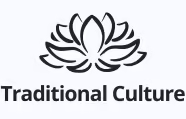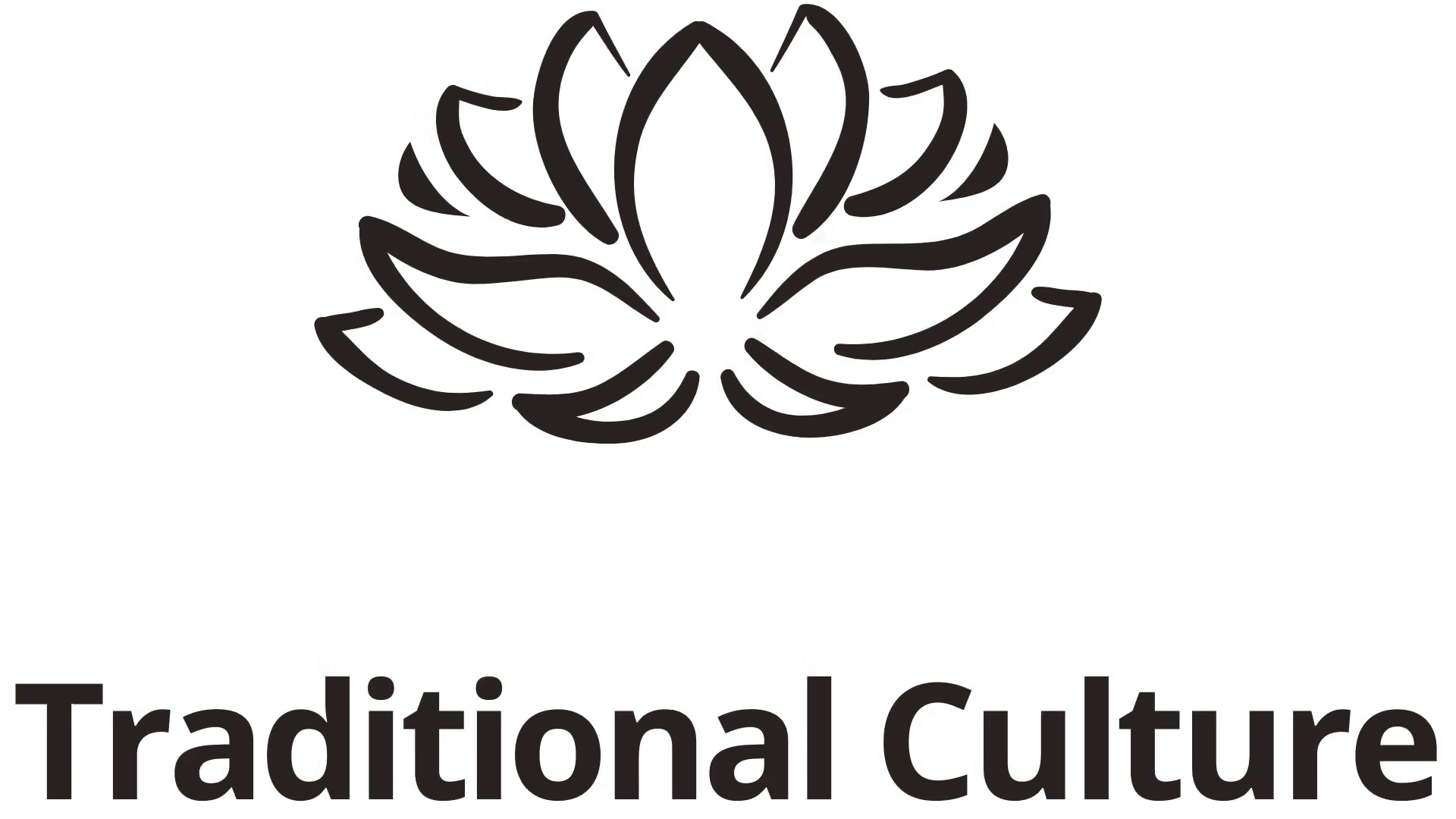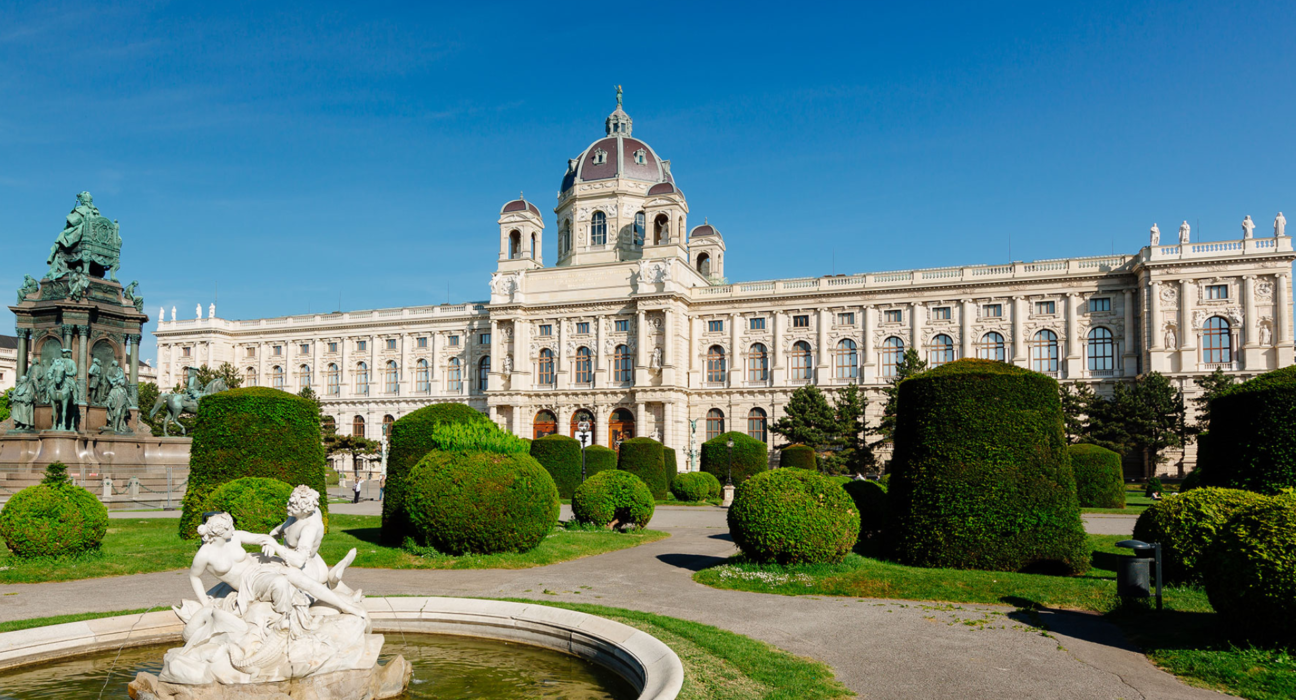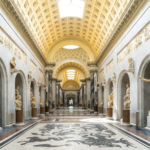The Kunsthistorisches Museum stands as a testament to the artistic and cultural richness of Vienna, Austria. This renowned museum is not merely a repository for exquisite artworks but a vibrant symbol of human civilization’s history. It invites countless visitors to embark on a journey through centuries of artistic expression, offering profound insights into the evolving consciousness of humanity. From the masterpieces of legendary artists like Caravaggio and Vermeer to interactive experiences that bring cultural heritage to life, the museum serves as a dynamic bridge connecting the past with the present. Established in the late 19th century, the Kunsthistorisches Museum houses millions of artworks that tell stories of different civilizations’ histories and cultures. Each visit becomes a unique journey, transforming one’s understanding of art and society.
The Rich Diversity of the Collection

The diversity of the collection at the Kunsthistorisches Museum is truly astounding. It encapsulates various epochs, styles, and narratives that collectively paint a vivid picture of human experience. The sheer volume of artworks allows for an exploration that extends beyond surface appreciation into deeper social commentaries.
An Eclectic Compilation of Artworks
One cannot help but marvel at the eclectic compilation of artworks housed within the museum’s grand walls.
From ancient artifacts to modern masterpieces, every piece has its own story to tell. The paintings, sculptures, and decorative arts span multiple cultures and eras, reflecting the interconnectedness of human creativity across time. For instance, when standing before Caravaggio’s dramatic use of light and shadow, one not only witnesses technical prowess but also grapples with themes of morality and existence that transcend their historical context.
This amalgamation of works is not simply a collection but a narrative woven together over centuries. It offers visitors a chance to reflect on diverse cultural values, societal norms, and even political ideologies that influenced the creation of each piece. As visitors navigate through the galleries, they are invited to engage in an ongoing dialogue about the relevance of art in our lives today.
Art as a Reflection of Society

Art often serves as a mirror to society, and the Kunsthistorisches Museum exemplifies this function magnificently.
Many of the artworks in the museum embody the religious fervor, political struggles, and everyday lives of people from different periods. For example, the carefully curated Renaissance paintings showcase a transition from medieval spirituality towards humanism. By examining these pieces, one can gain insights into how societal shifts have influenced artistic trends throughout history.
In addition, art can evoke emotions and provoke thought; it can inspire change or reaffirm beliefs. This duality highlights the significant role that art plays in societal discourse. As one walks through the museum, the interplay between art and culture becomes ever more apparent, creating opportunities for meaningful reflection on our contemporary world.
The Role of Curatorial Practices

Curatorial practices play a vital role in shaping visitors’ experiences at the Kunsthistorisches Museum.
The careful arrangement of exhibits—from thematic displays to chronological timelines—invites viewers to engage deeply with the artworks. Thoughtful curation helps to contextualize pieces within broader historical narratives, enriching the visitor’s understanding and appreciation of art.
Moreover, special exhibitions often focus on specific themes or artists, providing insightful commentary on particular aspects of art history. These rotating exhibits ensure that there is always something new to discover, making each visit to the museum an exciting adventure.
As curatorial practices continue to evolve, the museum incorporates innovative approaches, such as multimedia installations and interactive technology. These enhancements serve to deepen engagement and make art more accessible to diverse audiences, ensuring that the museum remains relevant in a rapidly changing world.
The Impact of Modern Technology on Visitor Engagement
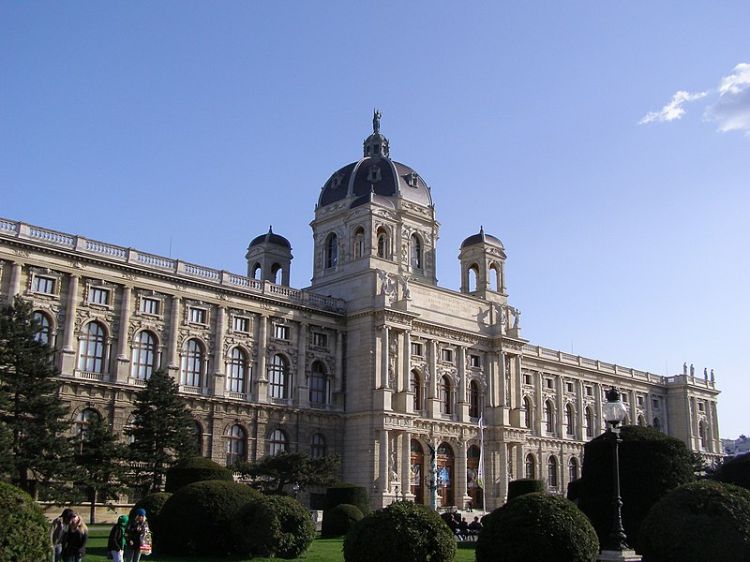
In today’s digital age, the integration of modern technology into the museum experience is essential. The Kunsthistorisches Museum has embraced this shift, enhancing visitor engagement and accessibility through innovative approaches.
Creating Interactive Experiences
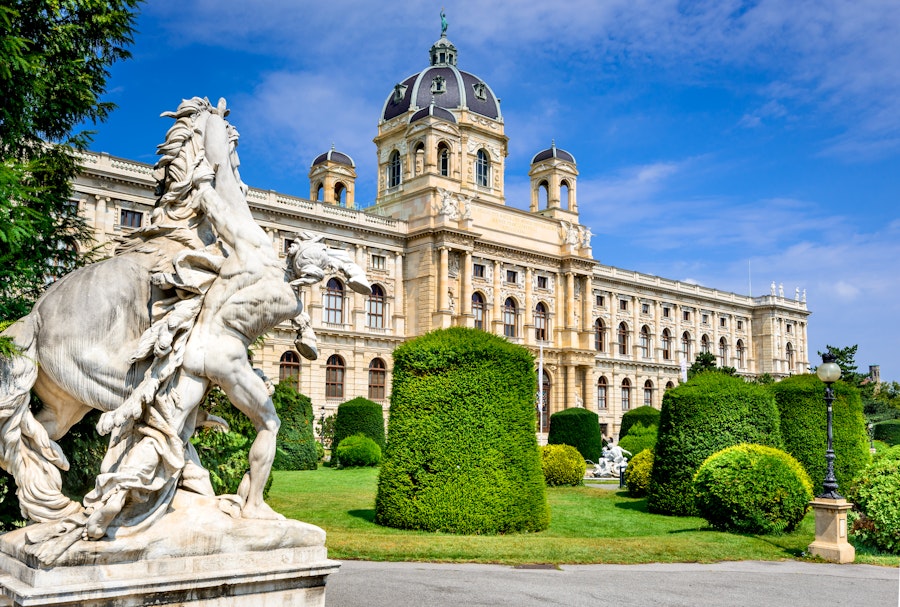
With the advent of virtual reality, augmented reality, and interactive installations, museums worldwide are redefining how visitors experience art.
At the Kunsthistorisches Museum, visitors can immerse themselves in digital representations of the artworks, allowing for a unique exploration of artistic techniques and historical contexts. Interactive exhibits encourage active participation, transforming passive observation into a dynamic experience where visitors can engage with the art on multiple levels.
These technological advancements also foster a deeper connection with the artworks. For instance, through augmented reality applications, viewers can access additional information about the artists and their inspirations, allowing them to appreciate the nuances of each piece beyond what is presented in traditional formats.
Enhanced Accessibility

Modern technology also plays a crucial role in ensuring that the museum is accessible to all.
Guided tours offered both in-person and online cater to diverse audiences, including those who may be unable to physically visit the museum. Virtual tours provide an opportunity for individuals across the globe to explore the collection, particularly during challenging times like the COVID-19 pandemic.
Furthermore, the incorporation of audio guides and mobile apps enables visitors to customize their experience based on their interests. By offering detailed information and engaging storytelling, the museum fosters a more inclusive and educational approach to art appreciation.
The Balance Between Tradition and Innovation

While modern technology enriches visitor engagement, it is essential for museums to strike a balance between tradition and innovation.
The Kunsthistorisches Museum recognizes that while digital tools enhance accessibility and interactivity, they should never overshadow the core essence of art. Visitors still seek authentic experiences and emotional connections with the physical artworks themselves. Thus, preserving the integrity of the collection while embracing technological advancements remains paramount.
Through thoughtful integration of technology, the museum ensures that it remains a sanctuary for artistic appreciation while also adapting to the expectations of a modern audience.
The Economic and Cultural Influence of the Kunsthistorisches Museum

Beyond its artistic significance, the Kunsthistorisches Museum plays a vital role in Vienna’s economy and cultural identity. Its impact extends far beyond the museum walls, influencing tourism, local businesses, and community engagement.
A Hub for Tourism
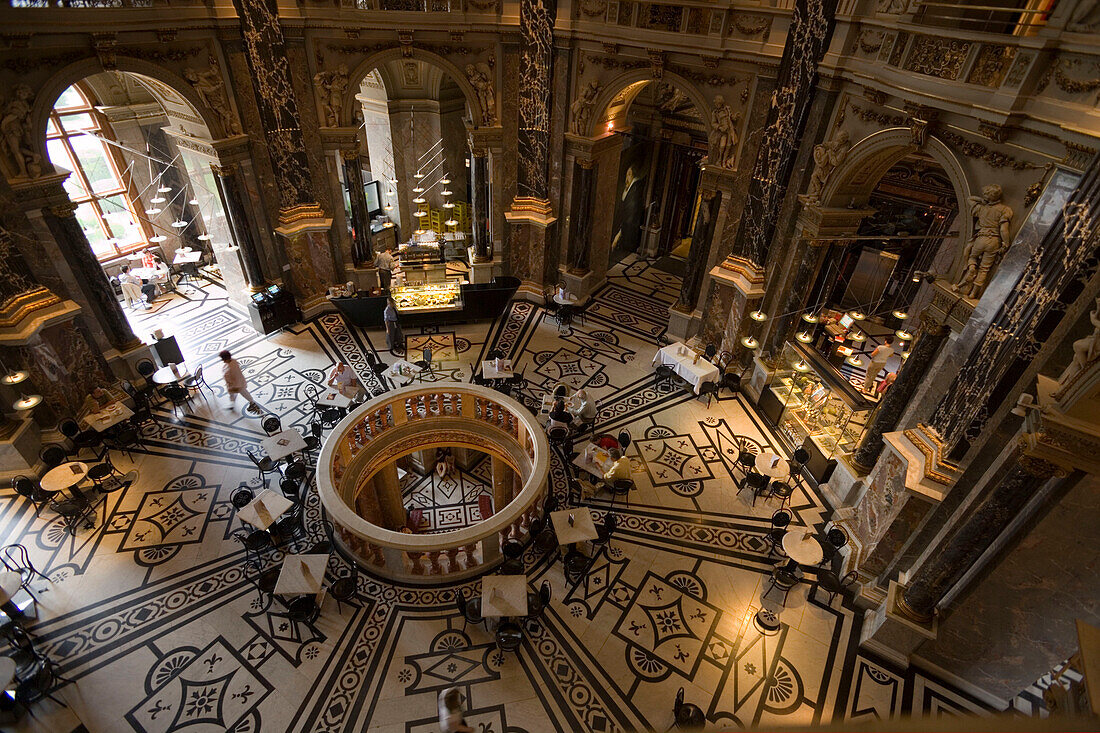
The Kunsthistorisches Museum is a key player in Vienna’s tourism sector, attracting millions of visitors each year.
As one of Europe’s premier cultural institutions, it draws art enthusiasts, scholars, and casual tourists alike, contributing significantly to the city’s reputation as a cultural capital. The museum’s status as a must-see destination enhances Vienna’s appeal, encouraging visitors to explore other attractions, indulge in culinary experiences, and partake in local shopping.
Moreover, the influx of tourists stimulates the local economy by generating revenue for hotels, restaurants, and shops. The museum serves as a catalyst for economic growth, fostering sustainable development that benefits the entire community.
Community Engagement and Cultural Exchange

The museum also plays a pivotal role in promoting cultural exchange and fostering community connections.
By hosting events, workshops, and lectures, the Kunsthistorisches Museum creates opportunities for individuals to engage with art and culture meaningfully. These initiatives not only encourage appreciation for the arts but also promote dialogue among diverse groups within the community.
Additionally, partnerships with local schools and educational institutions allow students to explore art in creative ways, nurturing the next generation of artists and art lovers. Through outreach programs, the museum cultivates a sense of belonging and inclusivity, reinforcing the idea that art belongs to everyone.
Sustaining Cultural Heritage
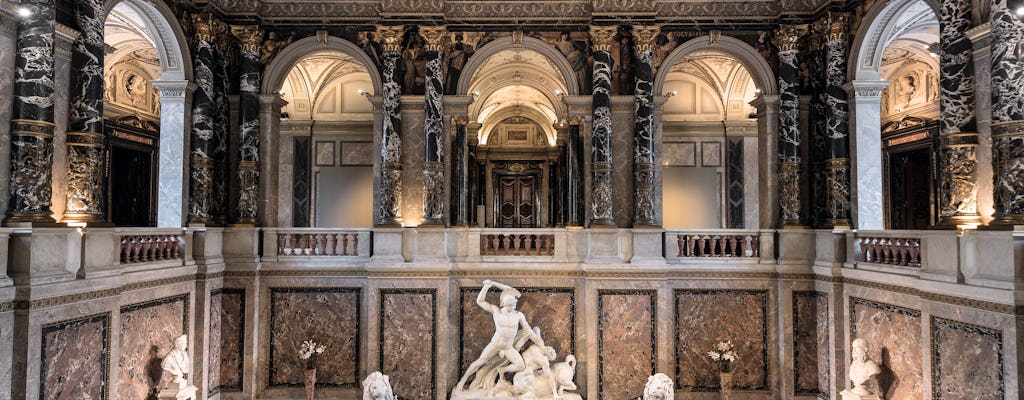
As custodians of cultural heritage, museums face the responsibility of preserving and protecting the past for future generations.
The Kunsthistorisches Museum actively engages in conservation efforts, ensuring that delicate artworks are maintained and restored to their original glory. This dedication to preservation reflects a commitment to safeguarding the stories embedded within each piece, allowing future visitors to connect with their shared heritage.
In doing so, the museum emphasizes the importance of cultural continuity, bridging the gap between generations and fostering a collective memory that shapes societal identity.
The Role of Art in Contemporary Culture
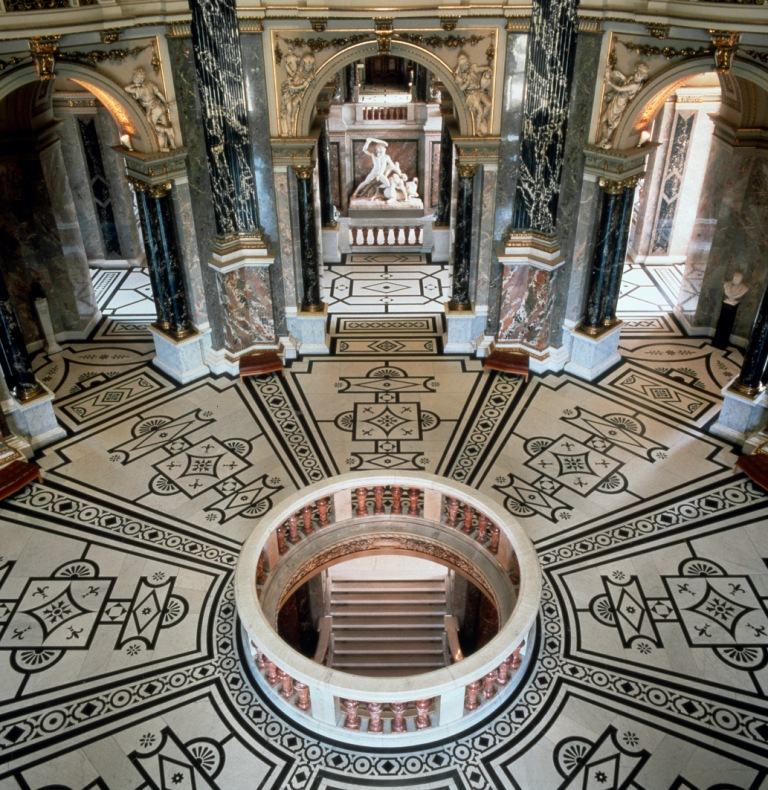
In an increasingly complex world, the role of art in contemporary culture cannot be overstated. The Kunsthistorisches Museum serves as a focal point for exploring how art interacts with modern issues, offering a platform for critical discussions related to identity, politics, and social justice.
Art as a Catalyst for Dialogue
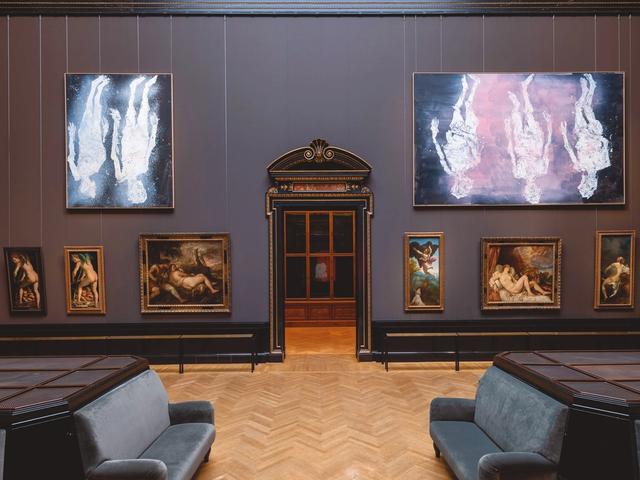
Art has the power to provoke thought and inspire action.
At the Kunsthistorisches Museum, exhibitions often tackle pressing societal questions, inviting viewers to engage in dialogue about contemporary challenges. Whether addressing themes of inequality, environmental concerns, or the repercussions of conflict, the museum provides a space for critical reflection on pressing global issues.
Through artistic expression, visitors are encouraged to consider diverse perspectives, fostering empathy and understanding within a fragmented world. This dialogue becomes especially poignant when juxtaposed with historical artworks, highlighting the cyclical nature of societal issues and the timeless relevance of art.
The Intersection of Art and Activism
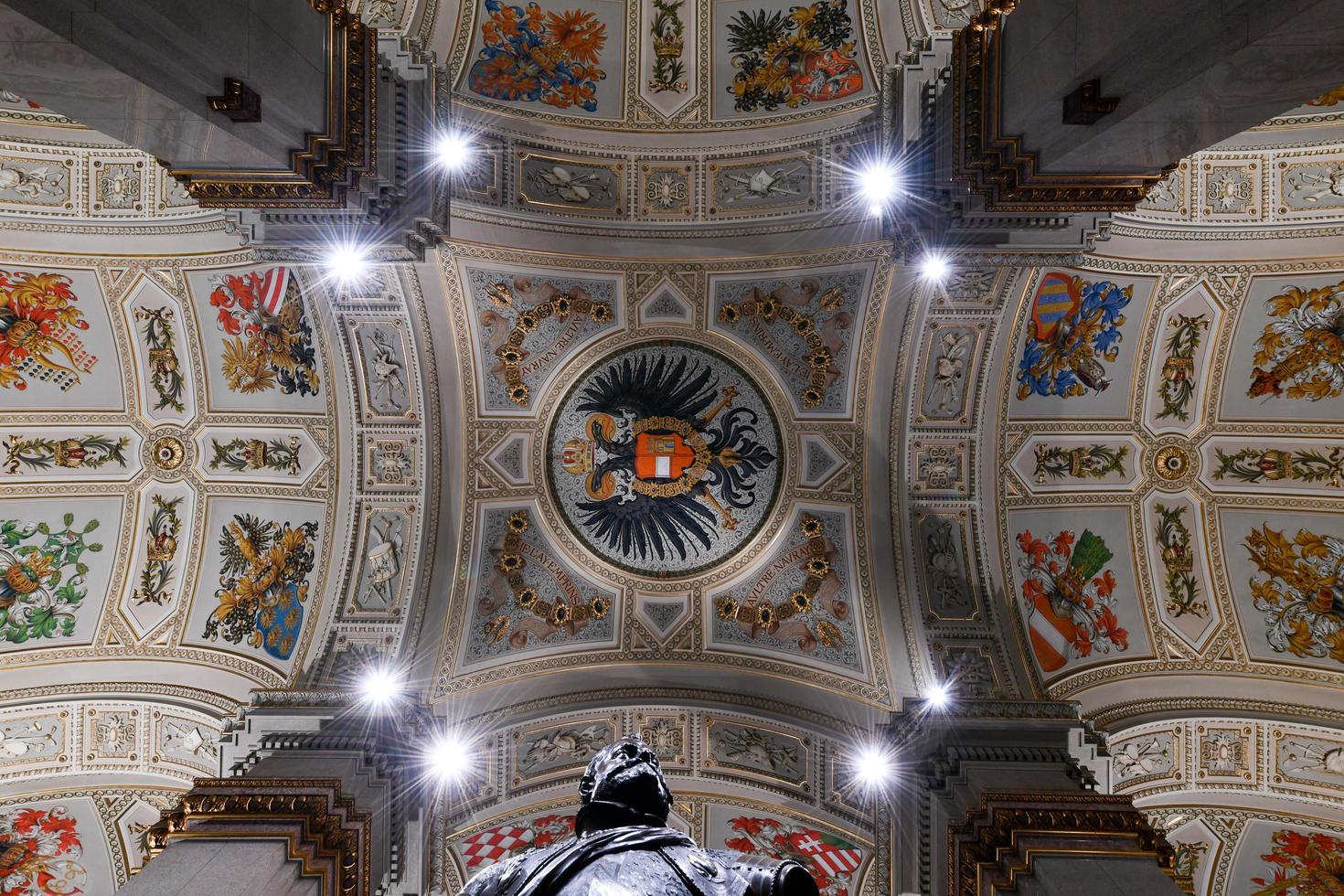
In recent years, the intersection of art and activism has gained prominence, with many artists using their platforms to advocate for social change.
The Kunsthistorisches Museum recognizes this shift and actively supports contemporary artists whose work addresses important issues. By showcasing these artists alongside classical masterpieces, the museum amplifies their messages and encourages visitors to engage with the transformative potential of art.
Exhibitions featuring socially engaged art challenge traditional notions of authorship and authority, inviting viewers to participate in discussions surrounding representation, power dynamics, and community resilience. This approach reinforces the idea that art is not just a reflection of the world but a tool for enacting change.
A Continuous Evolution

As contemporary culture evolves, so too must our understanding and appreciation of art.
The Kunsthistorisches Museum embraces this evolution, continually adapting its programming and exhibitions to remain relevant to current audiences. By integrating modern themes and ideas, the museum ensures that it continues to be a vital part of the cultural landscape.
Ultimately, the museum’s commitment to showcasing both historical and contemporary art exemplifies the importance of dialogue between the past and present—a dialogue that is essential for navigating the complexities of human experience.
Conclusion
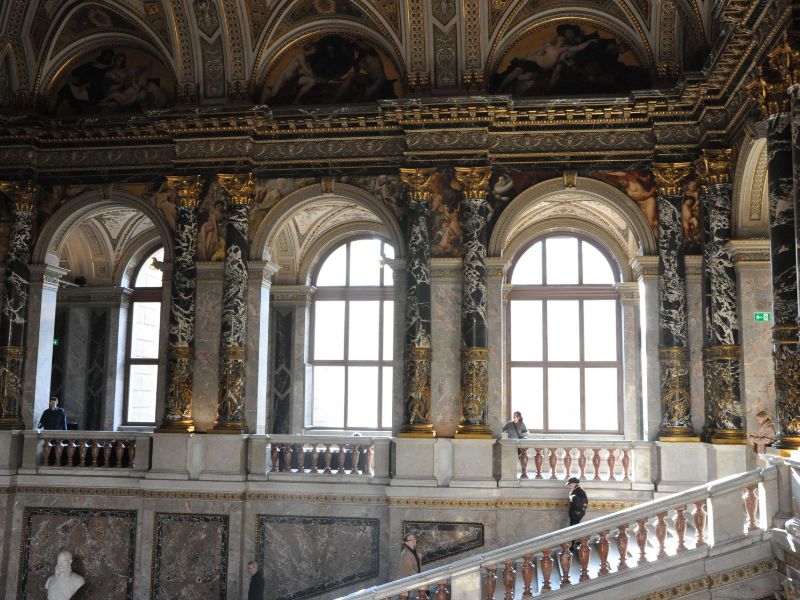
The Kunsthistorisches Museum is much more than a mere art institution; it functions as a dynamic hub of culture, education, and community engagement. Its rich diversity of collections tells the intricate stories of human civilization, inviting visitors to embark on a journey of discovery and reflection.
As technology continues to shape the way we interact with art, the museum remains dedicated to preserving the past while embracing innovation. Its profound impact on Vienna’s economy, cultural identity, and contemporary discourse underscores the importance of art in our lives. Ultimately, the Kunsthistorisches Museum stands as a testament to the enduring relevance of art as a vehicle for connection, understanding, and social change.
✉️ Stay Connected — Subscribe for Weekly Updates
Discover timeless stories, practical wisdom, and beautiful culture — delivered straight to your inbox.
*We only share valuable insights — no spam, ever.

